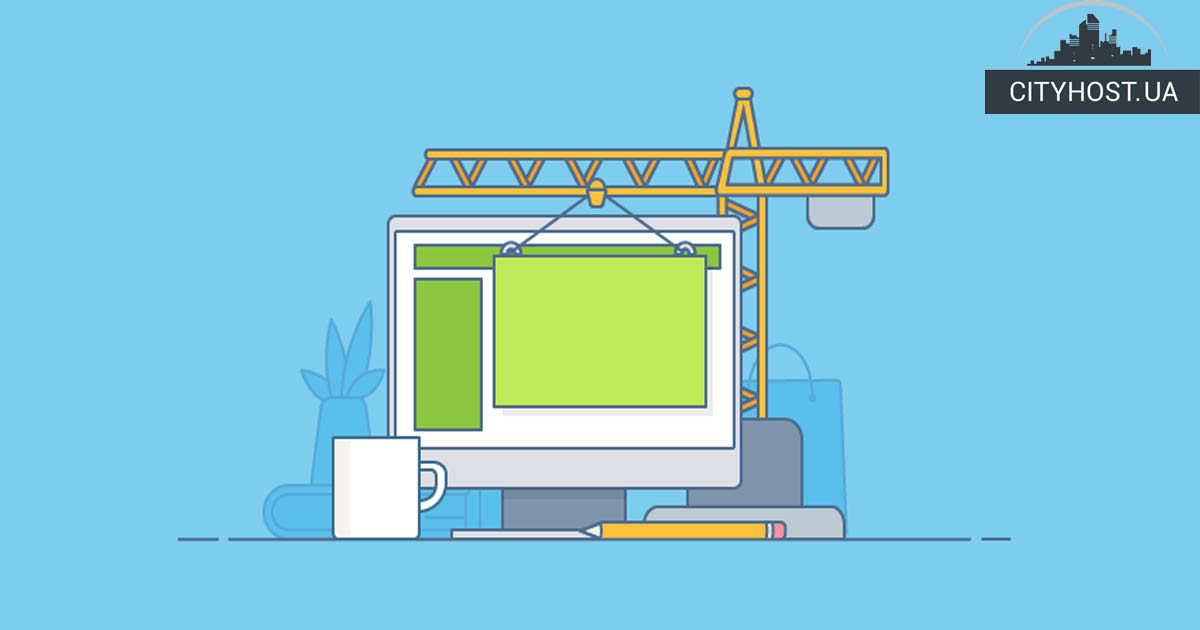 How to deal with pages that are no longer there and will not be
How to deal with pages that are no longer there and will not be
An online store needs more than just reliable website hosting.
 How anchors affect the site's search engine optimization
How anchors affect the site's search engine optimization
There are many myths about the influence of anchors on site promotion.
 Principles of weight distribution of site pages
Principles of weight distribution of site pages
Internal linking of the site is one of the important aspects for the successful promotion of the project.
 Features of Multilingual Website Optimization: Current SEO Tips and Technical Requirements
Features of Multilingual Website Optimization: Current SEO Tips and Technical Requirements
Learn how to independently optimize a multilingual website to meet search engine algorithms and increase traffic.
 How to change the structure of the site and in what cases it is necessary
How to change the structure of the site and in what cases it is necessary
The need to change the structure of the site can arise for various reasons.
 How to write headlines for page optimization
How to write headlines for page optimization
Internal site optimization includes many points that search engines take into account.
 What is a site mirror and how to set it up correctly
What is a site mirror and how to set it up correctly
The article explains why it is important to choose a master version of the site and how to properly configure it to avoid indexing and SEO problems.
 Image Title and Alt Attributes: Where to Find and How to Write Them
Image Title and Alt Attributes: Where to Find and How to Write Them
Current tips on how to optimize image Title and Alt attributes to improve your website’s visibility in search results.
What is robots meta tag and why use it. What is the function of meta tag robots.
 Why a large number of pages in the index is not always good
Why a large number of pages in the index is not always good
The opinion "the more indexed pages, the better" fundamentally wrong.
 How to Move a Website to HTTPS Without Losing Traffic
How to Move a Website to HTTPS Without Losing Traffic
How to transfer a site from HTTP to HTTPS quickly, simply, without losing traffic.
 Website Pagination: How to Set It Up for User Convenience and SEO
Website Pagination: How to Set It Up for User Convenience and SEO
Learn what website pagination is and how to set it up so that it’s convenient for users and beneficial for search engine crawlers.
Internal site optimization is one of the key stages of project advancement. Directed to work with the project itself: starting from the structure and ending with the content.
Internal optimization is primarily performed for users who will visit the site. The profit of the company directly depends on how well they understand the structure of the web resource, how easily they will be able to find the necessary sections and place an order. After all, if search engines see that people like the online store, and they spend a lot of time on it, then they increase their position in the search results.
If users log in and quickly log out, it means that the site's usability leaves much to be desired. Such a project requires refinement, and therefore does not deserve a place in the TOP-10.
Internal optimization includes work on:
Now you know what internal optimization is and what it gives. Even the 6 points listed above are enough to get into the TOP search engines. But they are actually much more. You will have to work with it constantly, since the internal optimization of the site never ends. You can always improve something. What exactly - read in the blog of the CityHost company.